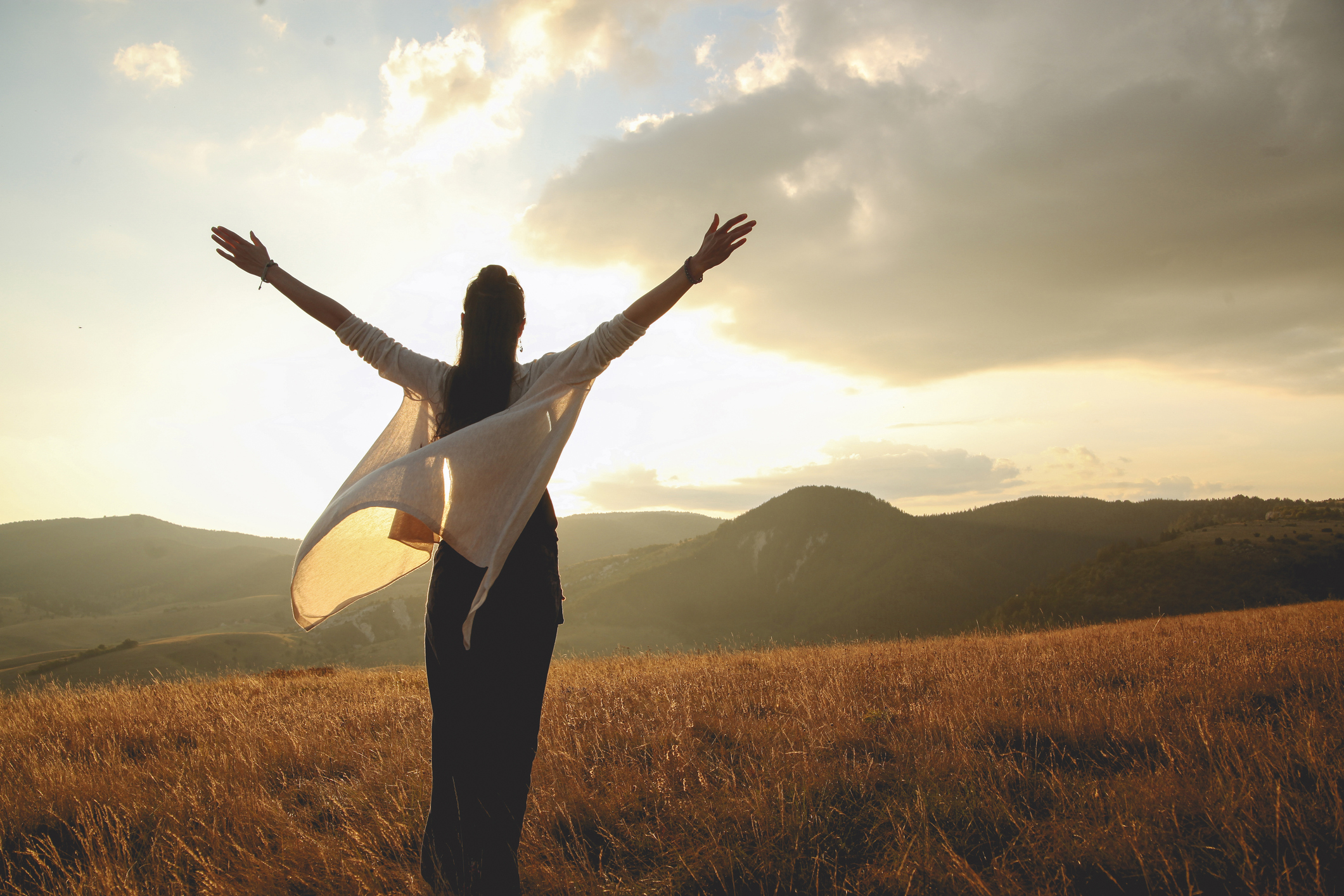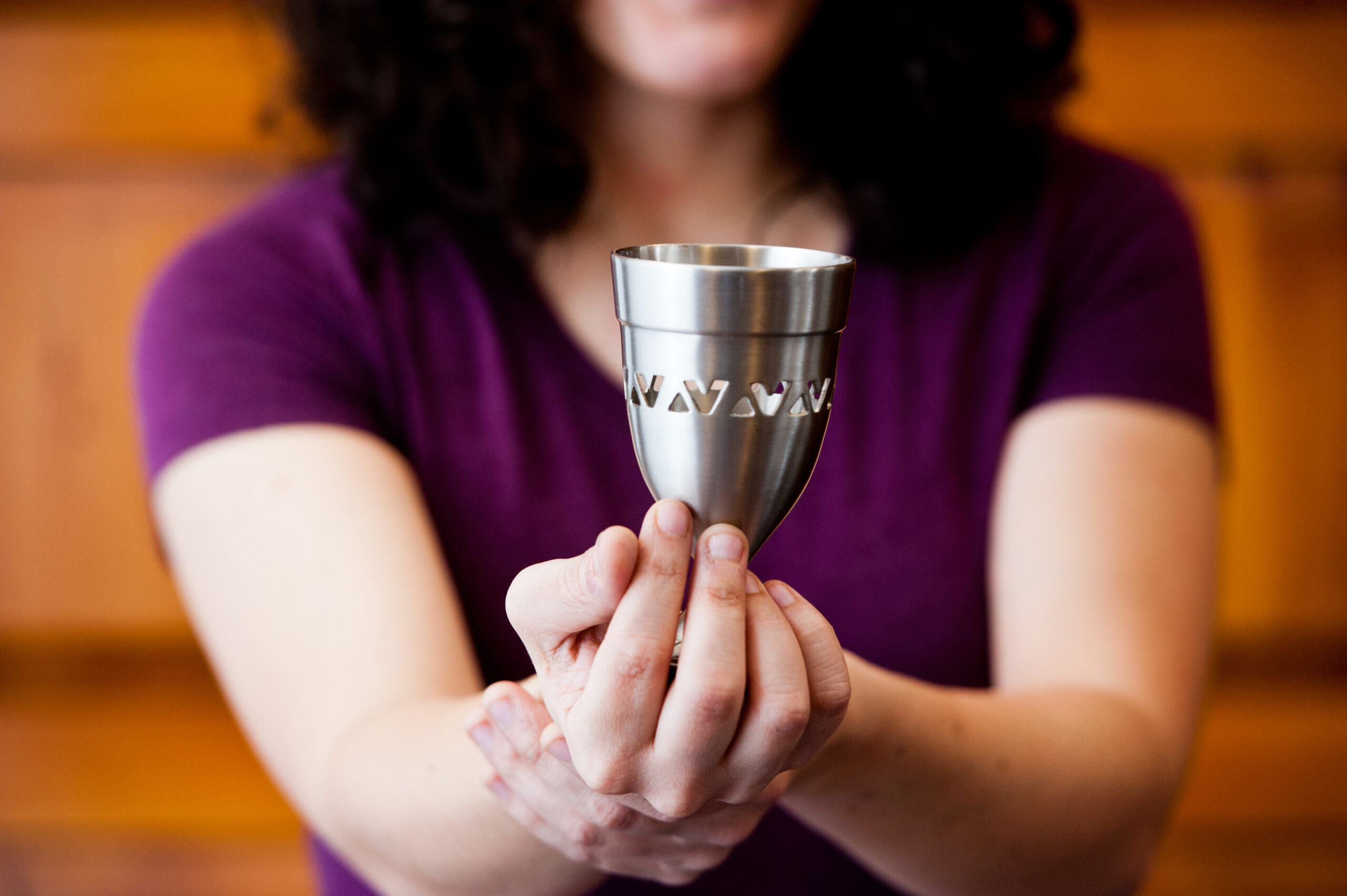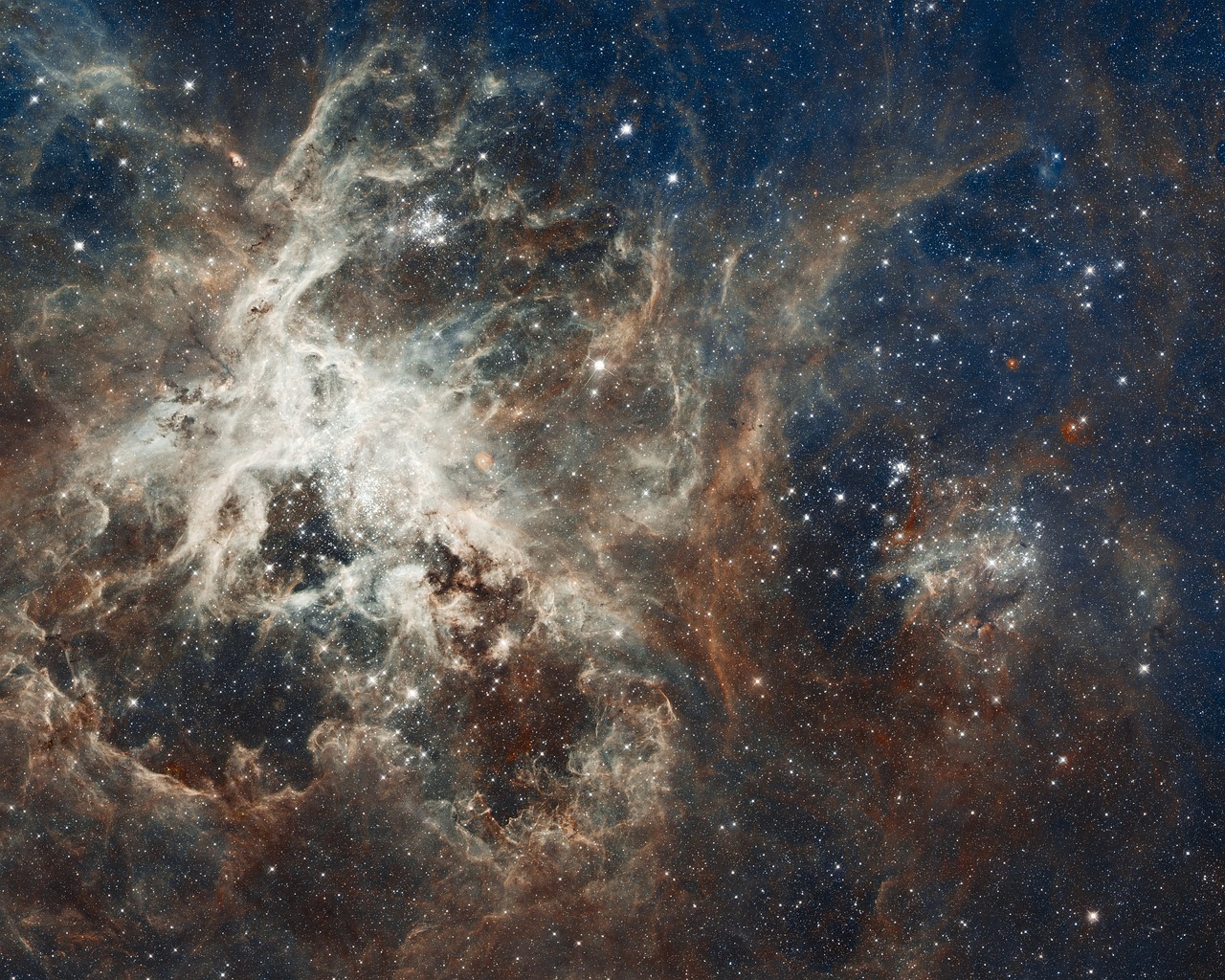During each of the “Days of Awe” between Rosh Hashanah and Yom Kippur 2000 I planned to take a teshuvah walk.
What is a teshuvah walk? Some years ago while on a retreat with Rabbi Shefa Gold and Sylvia Boorstein, we were doing Buddhist meditation walks. This is done so slowly that one becomes aware of how conscious it is possible to be with each centimeter of one’s foot when stepping down and lifting up. Time slows down, the present becomes everything, the step gone by is not important compared to the one in which one is engaged.
An active quick mind is not always advantageous; this can lead one to leap over the opportunity to hear the ideas, needs, and feelings of others. Such leaps can have adverse consequences. So, it occurred to me a few years ago that when one is going to meet another person as part of a process of doing teshuvah (the returning of healthy energy to a relationship), a meditation walk might be a good form of preparation.
My method is to study a great work on teshuvah each day. Then to head to the neighborhood where the teshuvah encounter is to take place, though not to the precise location. Next I take a sacred phrase and chant it softly while walking ever so slowly. My hope is to prepare myself so as to arrive as carefully prepared as a vessel that has been made ready for use on the altar in the temple of old.
The text I chose for Day One is by Rabbi Adin Steinsaltz: “Time flows in one direction; it is impossible to undo or even to alter an action after it has occurred and become an ‘event’, an objective fact. However, even though the past is ‘fixed’, repentance allows one to rise above it, to change its significance for the present and the future … It is the potential for something else.”
Rabbi Goldie Milgram, Reclaiming Judaism as a Spiritual Practice: Holy Days and Shabbat, Jewish Lights, 2004; more information available at reclaimingjudaism.org.












